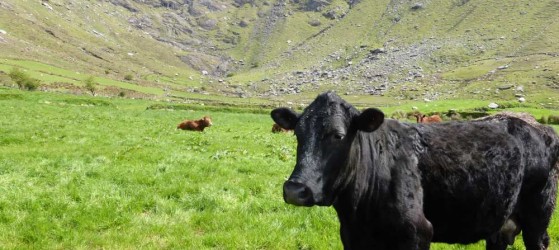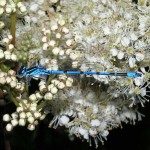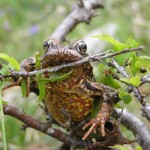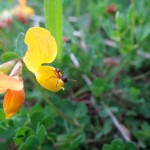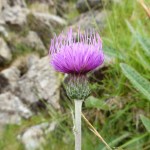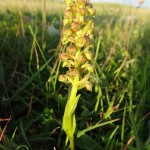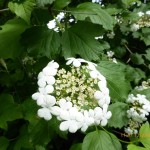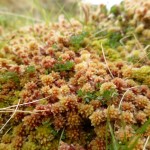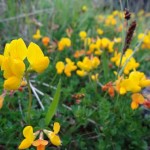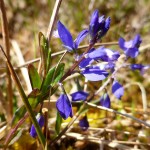HNV farming systems exist because of the people who farm the land and so they very important for retaining vibrant rural communities throughout Ireland. They also produce lamb and beef and are a source of weanlings for finishing on other farms. The extensive farming systems coincide with the areas of highest water quality and produce some of the most beautiful landscapes in the country.
High biodiversity areas provide natural pest controls and so can impact the incidence of disease. Wetlands and peatlands can absorb rainfall and provide important resistance to flood and heavy rainfall events.

